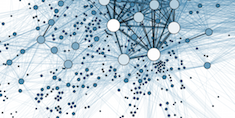
Developing in a Microservice Environment: Part 1
If you have identified microservices as the best solution to the technical problems you are facing, then consider the following collection of helpful guidelines to help you get started.

If you have identified microservices as the best solution to the technical problems you are facing, then consider the following collection of helpful guidelines to help you get started.

Microservices are a popular topic in developer circles, because they are a means of solving problems that have plagued monolithic software projects for decades. Namely, tardiness and bugs, both caused by complexity.

If it’s easy, it’s probably wrong.

It’s clear from the explosion of interest in newer platforms and technologies that the old tools and licensing costs don’t work to meet new business needs.

Since the blockchain is both easily accessible and immutable, it is incredibly useful for other purposes. Issuing a tiny fraction of a Bitcoin (called dust) with embedded data allows anyone to easily store data permanently and publicly.

The Apache Spark big data processing platform has been making waves in the data world, and for good reason.

Who knows what unimaginable technology will exist in the next 20 years based on blockchains?

Hadoop is only beneficial if using it is efficient. Hadoop’s Apache Hive is frequently used to handle ad-hoc queries and regular ETL workloads.

In this post, we walk through an example of using Docker to develop a data acquisition pipeline to ingest mobile app GPS data using Kafka and HBase.